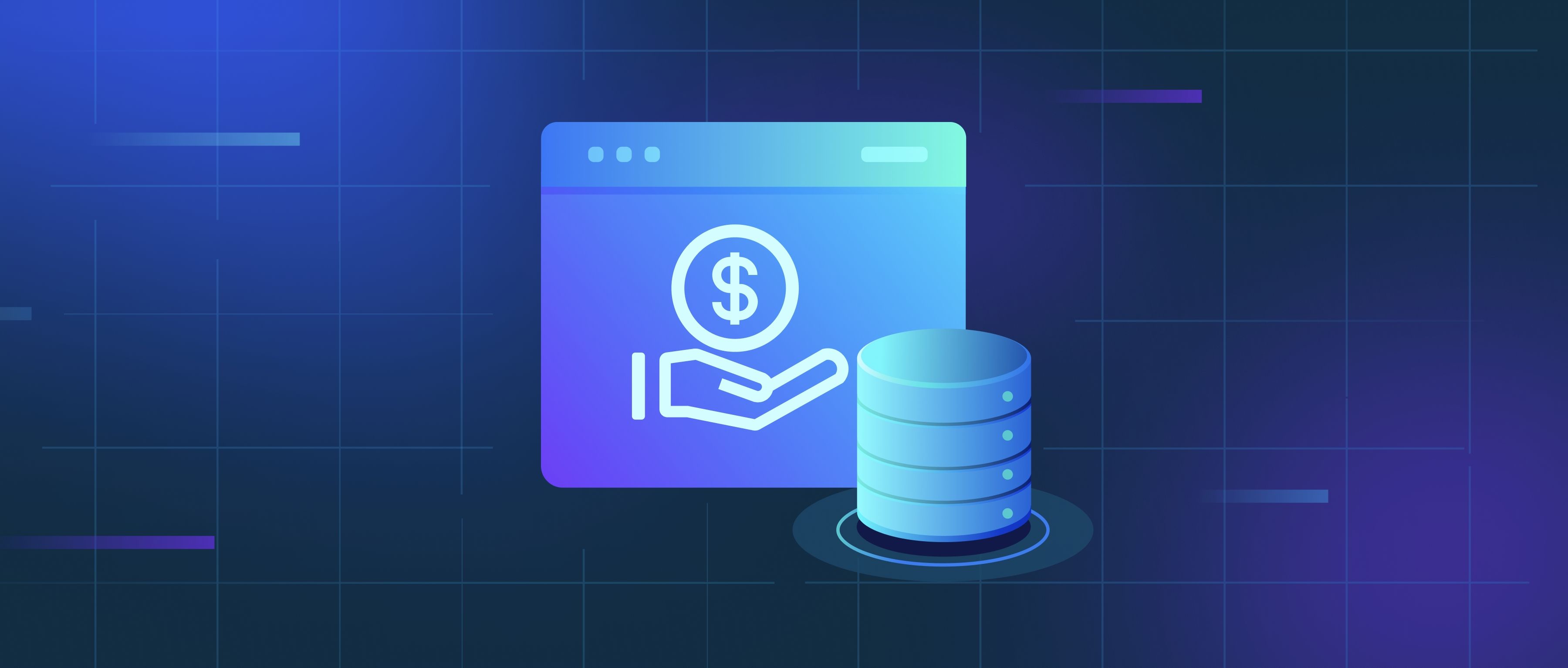LlamaIndex can be utilized for building knowledge graphs by effectively managing and organizing large datasets through its efficient indexing capabilities. At its core, LlamaIndex allows developers to create a structured representation of information, enabling them to connect disparate pieces of data meaningfully. This is particularly useful when working with unstructured data, such as documents, articles, or logs. By creating an index, developers can quickly reference this data and understand its relationships, facilitating the construction of a knowledge graph that visually represents these connections.
To use LlamaIndex for a knowledge graph, developers start by ingesting relevant data sources, which may include text files, databases, or APIs. The indexing functionality allows for automatic extraction of key entities and relationships from these sources. For instance, if your dataset includes information on various software projects, LlamaIndex can help identify entities like project names, programming languages, and key contributors, as well as establish relations such as which contributors worked on which projects. Once the data is indexed, it can be transformed into a graph format, making it easier to visualize and navigate the relationships among different entities.
Finally, once the knowledge graph is built, LlamaIndex can facilitate ongoing updates and modifications. As new data becomes available, developers can continue to index and integrate it into the existing graph structure, ensuring that the knowledge graph remains current. This dynamic capability is essential in environments where information changes rapidly or where continuous learning is fundamental, such as in research and development contexts. By combining LlamaIndex’s indexing strength with the visual representation of data relationships, developers can create a comprehensive knowledge graph that supports informed decision-making and enhances overall data management.
